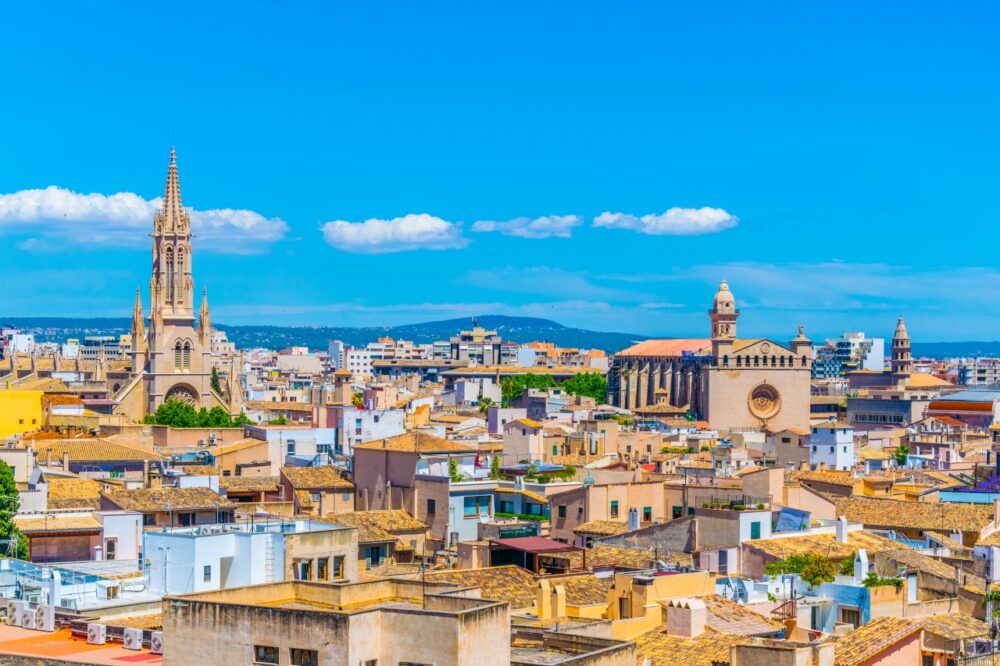
Is Mallorca worth visiting? Absolutely! The first time I set foot on this stunning Spanish island, I was amazed by its sheer variety. From golden beaches and dramatic cliffs to charming villages and a vibrant capital city, Mallorca has something for everyone. Whether I was lounging on the white sands of Cala Mesquida, exploring the cobblestone streets of Valldemossa, or enjoying the lively energy of Palma, Mallorca left me spellbound.
Mallorca, the largest of Spain’s Balearic Islands, is a Mediterranean paradise that blends natural beauty, rich culture, and modern amenities. Its coastline is dotted with hidden coves and crystal-clear waters, while inland you’ll find picturesque mountains and lush vineyards. The island’s capital, Palma, boasts a stunning Gothic cathedral, trendy boutiques, and fantastic dining options. Add in the island’s world-class hiking trails, historical sites, and local markets, and you’ve got a destination that’s perfect for both relaxation and adventure.
But is Mallorca worth visiting for you? In this blog post, we’ll uncover the top 10 reasons why Mallorca should be on your travel list, from its breathtaking beaches to its cultural gems. Plus, we’ll share some travel tips to help you make the most of your trip to this beautiful Spanish island. Keep reading to discover why Mallorca is one of Europe’s top holiday destinations.
Table of Contents
Pros – Reasons You Should Visit Mallorca
1. Stunning Beaches with Crystal-Clear Waters
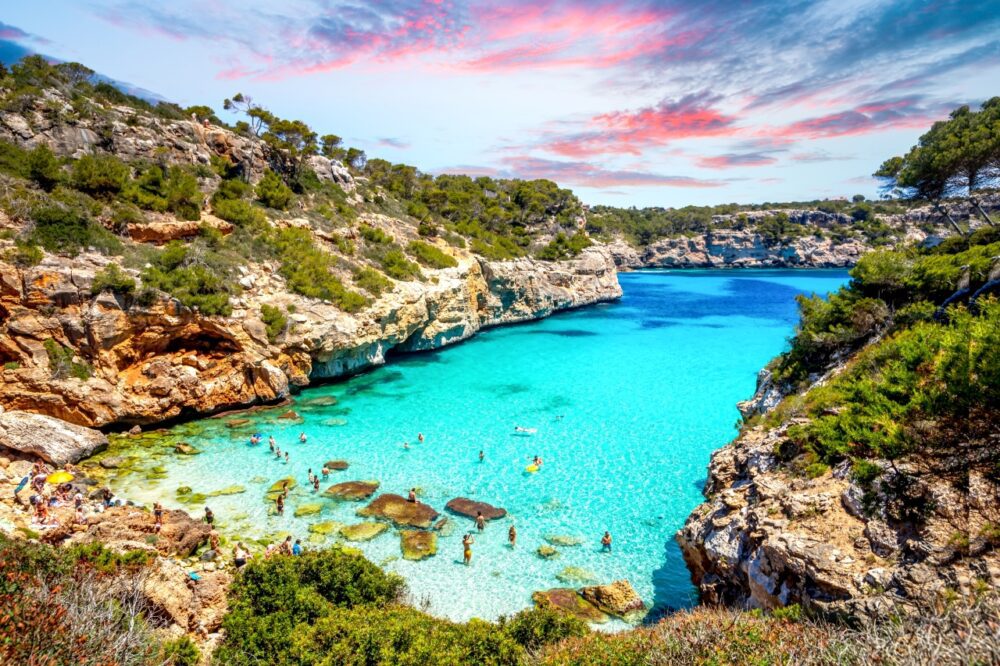
Mallorca is famous for its breathtaking beaches, offering everything from secluded coves to long, golden stretches of sand. The island’s coastline is dotted with turquoise waters, hidden caves, and dramatic cliffs, making it one of the best beach destinations in Europe. Whether you prefer lively resort beaches or quiet, untouched bays, Mallorca has a spot for every type of traveler.
I visited Cala Mesquida, a gorgeous beach with soft sand and rolling dunes, and it felt like paradise. The water was so clear that I could see fish swimming beneath me as I waded in. Later, I explored Caló des Moro, a small cove with bright blue water tucked between rocky cliffs—it was absolutely stunning but filled up quickly, so arriving early is a must. With over 200 beaches to choose from, Mallorca truly delivers when it comes to coastal beauty.
2. A Perfect Blend of Relaxation and Adventure
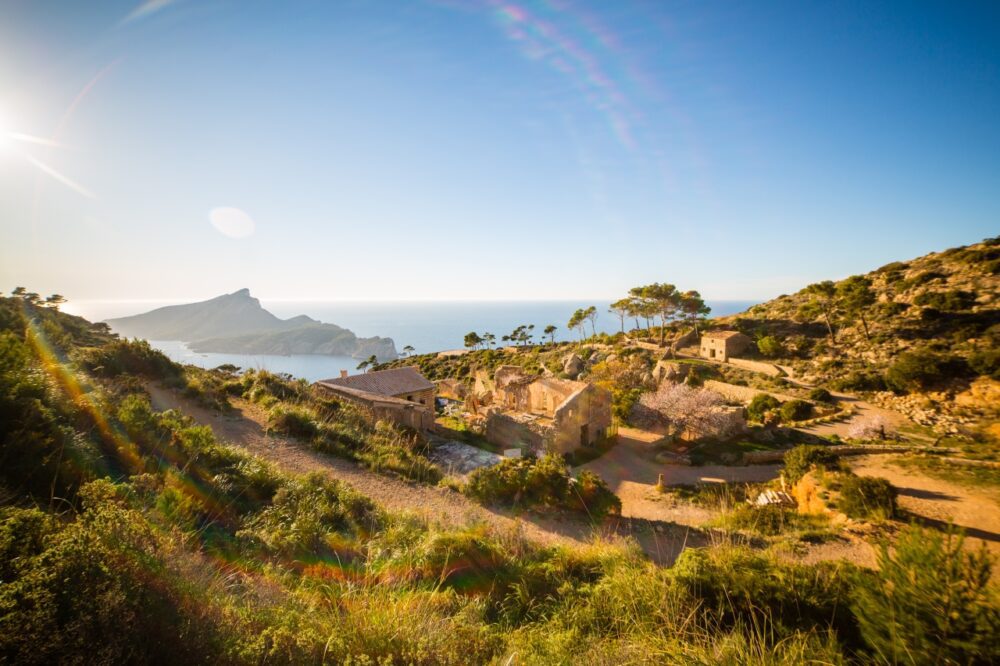
Mallorca offers a rare balance between peaceful retreats and outdoor adventures. If you’re looking for a quiet escape, the island has plenty of luxury resorts and charming fincas (traditional countryside homes) where you can unwind. On the other hand, if you prefer adventure, there are endless opportunities for hiking, cycling, rock climbing, and water sports.
One day, I was lounging on a sunbed, sipping sangria by the sea, and the next, I was hiking through the Tramuntana mountains, discovering hidden villages and breathtaking viewpoints. This mix of relaxation and adventure makes Mallorca a fantastic destination for both thrill-seekers and those looking to slow down.
3. The Spectacular Tramuntana Mountains
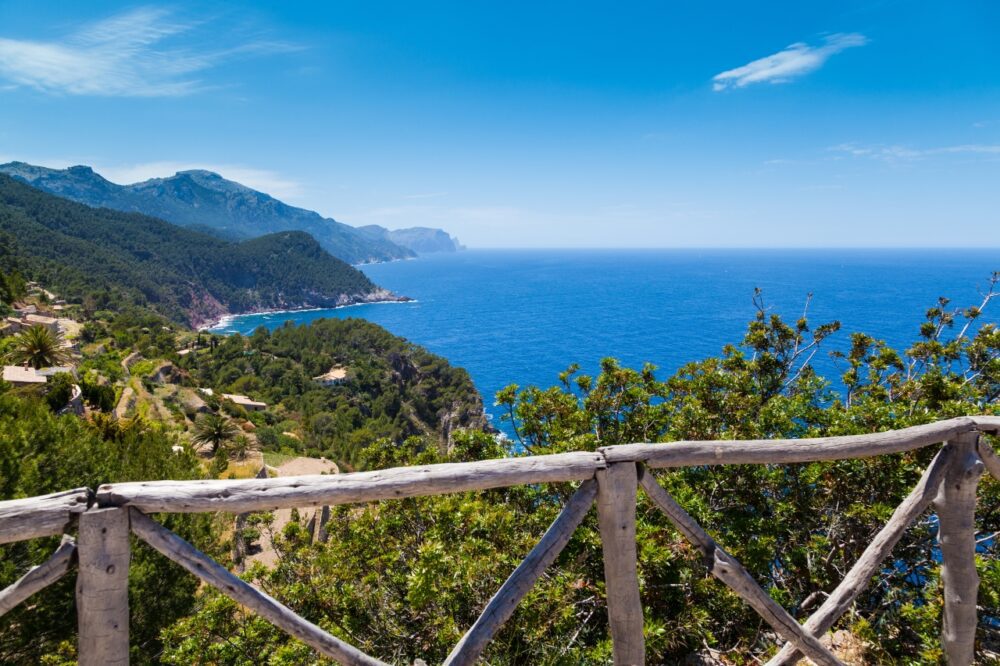
Mallorca isn’t just about beaches—the Serra de Tramuntana mountain range, a UNESCO World Heritage site, offers some of the most beautiful landscapes in Spain. Winding roads take you through picturesque villages, dramatic cliffs, and scenic hiking trails with panoramic views over the Mediterranean.
I drove the famous MA-10 road, which twists through the mountains, passing through charming towns like Valldemossa and Deià. Every few kilometers, there was a viewpoint where I had to stop just to take in the scenery. For hikers, the area offers trails like the GR-221, which takes you through lush forests and past historic monasteries. Whether you drive, cycle, or hike, the Tramuntana mountains are an unforgettable part of Mallorca.
4. A Rich Cultural and Historical Heritage
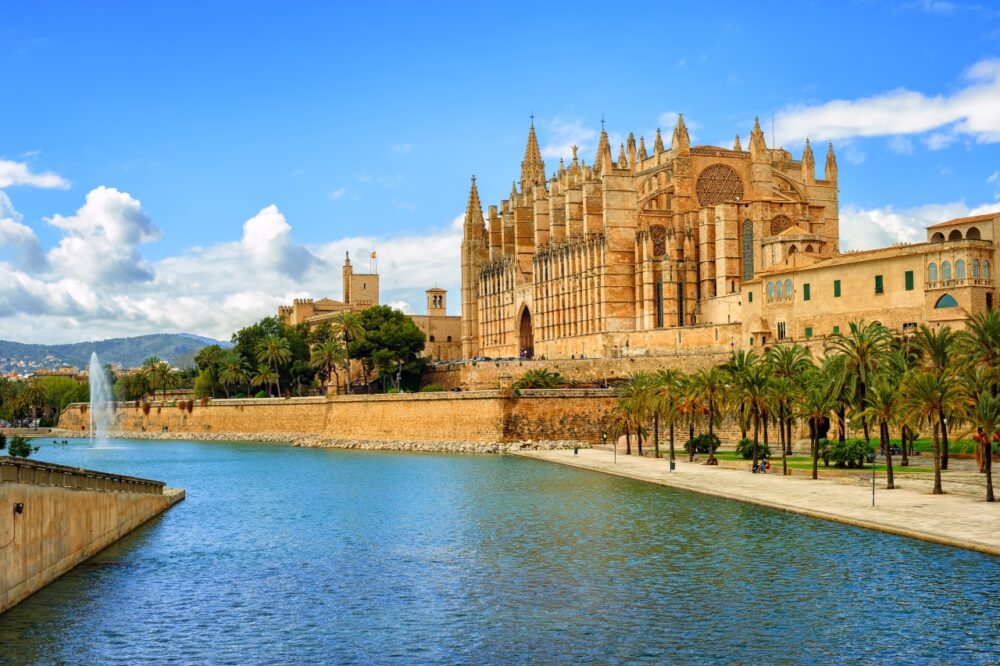
Mallorca has a fascinating history, influenced by Romans, Moors, and medieval European kingdoms. The island is home to stunning historical sites, including castles, ancient ruins, and grand cathedrals. Palma’s La Seu Cathedral, a masterpiece of Gothic architecture, is one of the island’s most impressive landmarks.
Walking through the Old Town of Palma, I felt like I had stepped back in time. The narrow streets were lined with beautiful courtyards, old stone buildings, and hidden churches. I also visited Bellver Castle, a unique circular fortress with panoramic views over Palma. For history lovers, Mallorca offers much more than just sun and sea.
5. Traditional Villages Full of Charm
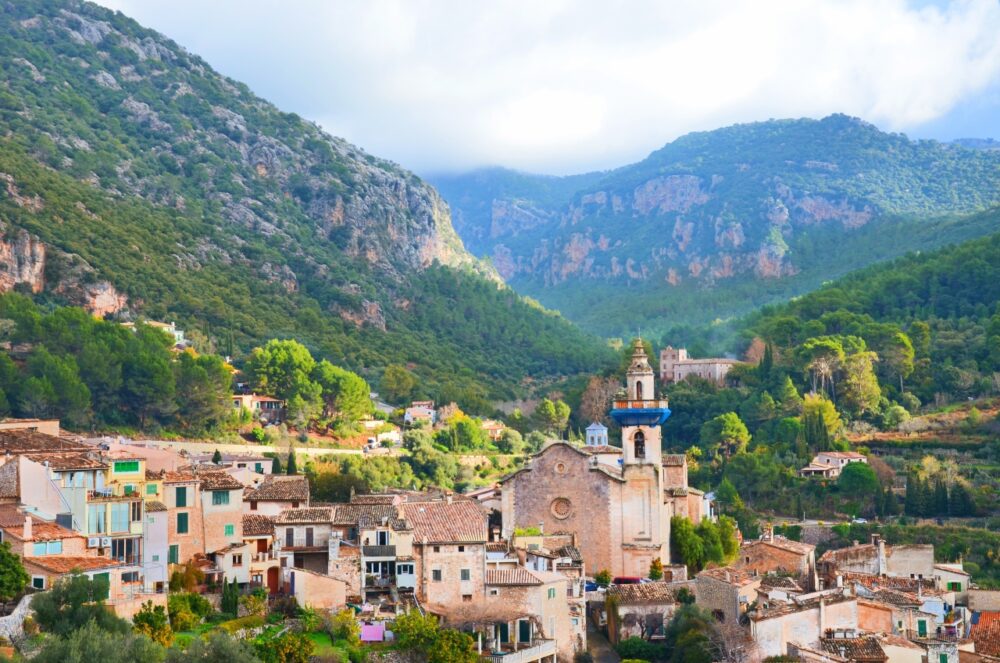
Beyond the busy resorts and tourist hotspots, Mallorca is filled with small, picturesque villages that feel like they belong in a different era. Places like Valldemossa, Deià, and Fornalutx are known for their stone houses, narrow streets, and beautiful countryside settings. These villages are perfect for a quiet stroll, a coffee in a local café, or just soaking up the slow pace of island life.
I spent an afternoon in Valldemossa, a postcard-perfect town nestled in the mountains. The cobbled streets, flower-covered balconies, and peaceful squares made it one of the most charming places I visited on the island. It’s no surprise that famous figures like Chopin and Robert Graves found inspiration in Mallorca’s villages.
6. A Foodie’s Paradise with Fresh Mediterranean Cuisine
Mallorcan cuisine is a delicious blend of Spanish, Mediterranean, and local island flavors, with fresh seafood, olive oil, and seasonal produce playing a big role. The island is known for specialties like sobrassada (a spreadable cured sausage), ensaimada (a sweet pastry), and tumbet (a vegetable dish similar to ratatouille).
I had one of the best meals of my trip in a family-run restaurant in Sóller, where I tried arroz brut, a flavorful rice dish cooked with saffron and local meats. The seafood was incredibly fresh, and every meal felt like a celebration of the island’s rich culinary heritage. For food lovers, Mallorca offers an endless variety of dishes to explore.
7. Some of the Best Cycling Routes in Europe
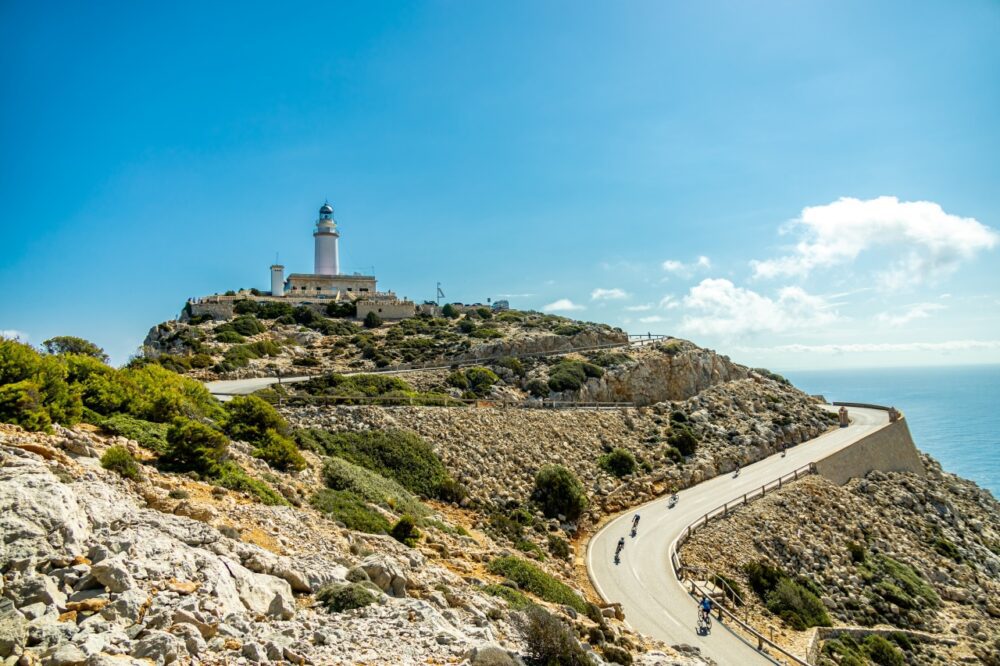
Mallorca is a world-class destination for cycling, attracting professional and amateur cyclists from all over the globe. The island’s diverse terrain offers everything from flat coastal roads to challenging mountain climbs, making it an ideal spot for both beginners and experienced riders.
I rented a bike and took a ride along the scenic route from Palma to Cap de Formentor, the northernmost point of the island. The views along the way were absolutely breathtaking, with winding roads hugging the cliffs above the sea. If you’re into cycling, Mallorca is one of the best places in Europe to enjoy long, scenic rides.
8. Easy Access to Hidden Coves and Secret Beaches
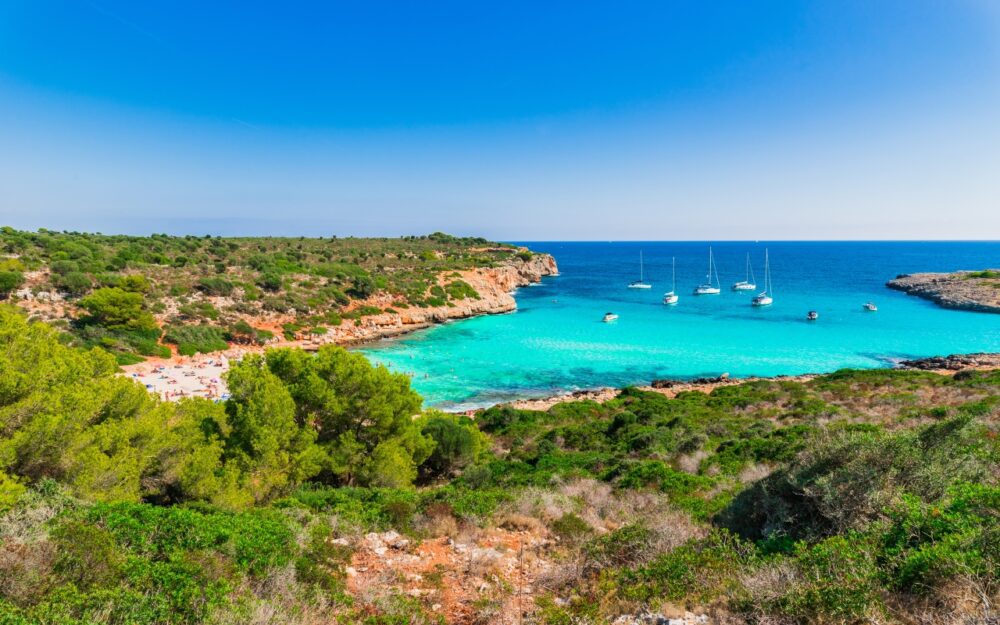
One of Mallorca’s best-kept secrets is its collection of hidden coves, known as calas, which are often more secluded than the main beaches. These small, rocky inlets are perfect for swimming, snorkeling, and enjoying the Mediterranean away from the crowds. Many of them require a short hike or boat ride to reach, making them feel even more special.
I took a boat trip to Cala Varques, a stunning secluded beach with crystal-clear water and natural rock arches. There were only a handful of people there, and the peaceful atmosphere made it feel like my own private paradise. Exploring these hidden spots is one of the most rewarding experiences in Mallorca.
9. A Thriving Wine Culture with Local Vineyards

Mallorca has a growing reputation for its excellent wines, particularly in the Binissalem and Pla i Llevant regions. The island’s warm climate and fertile soil produce high-quality reds and whites, and many vineyards offer tours and tastings where you can learn about local winemaking traditions.
I visited a small winery in Binissalem, where the owner gave a personal tour of the vineyard and cellar. Tasting local wines paired with traditional Mallorcan cheeses and cured meats was a highlight of my trip. If you love wine, Mallorca’s wineries offer a fantastic alternative to the more famous regions in Spain.
10. A Destination for Every Type of Traveler
Whether you’re looking for luxury, adventure, relaxation, or culture, Mallorca has something to offer. Families can enjoy the island’s beaches and resorts, couples can find romantic hideaways in mountain villages, and solo travelers can explore the island’s hiking trails and cultural sites. It’s a place that can be as laid-back or as active as you want it to be.
I met travelers who were there for completely different reasons—some were enjoying five-star resorts, others were backpacking and discovering hidden beaches, and some were taking advantage of the island’s vibrant nightlife. The versatility of Mallorca makes it one of the best destinations in the Mediterranean, no matter what kind of trip you’re looking for.
Cons – Things to Consider When Visiting Mallorca
1. The Island Gets Extremely Crowded in Peak Season
Mallorca is one of the most popular destinations in the Mediterranean, attracting millions of tourists every year. While this brings a lively atmosphere, it also means that in peak season—especially July and August—the island can feel overcrowded. Popular beaches, restaurants, and attractions become packed, making it harder to find a quiet spot to relax.
I visited Cala d’Or in August, and while the scenery was beautiful, the crowds made it difficult to fully enjoy. The beach was so full that finding a place to lay a towel was almost impossible, and getting a table at a good restaurant without a reservation required long waits. If you prefer a more peaceful experience, visiting in May, June, or September is a much better option, as the weather is still fantastic, but the crowds are thinner.
2. Prices Can Be High, Especially in Tourist Hotspots
While Mallorca has options for all budgets, prices in the most popular areas—like Palma, Port de Sóller, and the luxury beach resorts—can be quite high. Hotels, restaurants, and even simple things like drinks or sunbed rentals can be expensive, especially during the summer months.
I was surprised when I ordered a cocktail at a beachfront bar in Palma and realized it cost nearly double what I had paid in mainland Spain. Even sunbeds at some of the more exclusive beaches could cost €20 or more per person. While there are budget-friendly options, avoiding the most tourist-heavy areas and eating at local restaurants instead of beachfront spots can help keep costs down.
3. Some of the Most Beautiful Coves Are Difficult to Access
Mallorca’s hidden coves and secluded beaches are some of its biggest highlights, but many of them require a bit of effort to reach. Some involve steep hikes, rough dirt roads, or even boat access, making them less convenient for travelers who prefer easy-to-reach beaches. While this effort is usually rewarded with stunning scenery and fewer crowds, it can be a challenge for families, elderly travelers, or those not prepared for a bit of adventure.
I decided to visit Caló des Moro, one of the most famous hidden coves on the island. While the view was breathtaking, the steep and rocky descent to the beach was tricky, especially in the summer heat. Carrying beach gear and water made it even harder. For those who want hassle-free access to the sea, the larger, more accessible beaches like Playa de Muro or Port de Pollença might be a better option.
4. Renting a Car is Almost Necessary to See the Best of the Island
Mallorca has public transport, but it’s not always the most convenient way to explore. Buses connect major towns, but schedules can be infrequent, and some of the island’s best spots—such as hidden beaches, mountain villages, and scenic viewpoints—are difficult to reach without a car. While renting a car gives you freedom, it also comes with challenges like high prices in peak season, traffic, and limited parking in small villages.
I rented a car to explore the Serra de Tramuntana, and while the drive was stunning, finding parking in places like Deià and Valldemossa was stressful. In some areas, I had to park far from the town center and walk uphill in the heat. If you’re planning to explore beyond Palma and the main beach resorts, a rental car is almost essential—but it’s worth considering the costs and logistics before deciding.
5. Parts of the Island Feel Overly Touristy and Commercialized
While Mallorca has plenty of authentic charm, some areas—especially around Magaluf, El Arenal, and parts of Palma—have been heavily developed for mass tourism. These places are filled with large resorts, chain restaurants, and nightlife that cater mostly to international tourists rather than offering an authentic Mallorcan experience. If you’re looking for quiet, traditional villages or natural beauty, you may need to venture further from these heavily commercialized areas.
I spent an evening in Magaluf out of curiosity, and while it was lively, it felt completely different from the rest of the island. The bars and restaurants were mostly aimed at partygoers, and the atmosphere was more about drinking and nightlife than enjoying Mallorca’s natural beauty and culture. If you’re looking for a more relaxed or authentic experience, areas like Sóller, Pollença, or the east coast of the island are much better choices.
When to Visit Mallorca
The best time to visit Mallorca is late spring (April to June) and early autumn (September to October). During these months, the weather is warm, the beaches are inviting, and the crowds are manageable. The sea is perfect for swimming, and outdoor activities like hiking in the Serra de Tramuntana or cycling through picturesque villages are at their best. Summer (July to August) is peak season, with high temperatures and packed beaches, ideal for those who love a bustling, lively atmosphere. Winters are mild and much quieter, perfect for enjoying the island’s cultural charm without the crowds.
How to Get to Mallorca
The main gateway to the island is Palma de Mallorca Airport (PMI), located just 8 kilometres from Palma, Mallorca’s capital city. It’s well-connected with direct flights from across Europe via airlines like Ryanair, EasyJet, Iberia, and British Airways. From the airport, buses (Line A1) run frequently to Palma’s city centre, offering an affordable option. Taxis and ride-hailing services are also readily available. Ferries from mainland Spain, particularly Barcelona and Valencia, are a scenic alternative for travellers who prefer to arrive by sea, docking at Palma’s port.
Where to Stay in Mallorca
Mallorca offers a wide variety of accommodation to suit every traveller’s style and budget:
- Luxury: Palma or Port de Sóller – Perfect for elegant stays near beaches and cultural sites. Options include Hotel Sant Francesc, a stunning boutique hotel in Palma’s Old Town, or Jumeirah Port Sóller Hotel, a cliffside gem with incredible sea views.
- Mid-range: Alcúdia or Pollença – Ideal for families or couples looking for charm and value. Try Cap de Formentor Hotel, a seaside escape near Alcúdia, or Son Sant Jordi, a rustic boutique option in Pollença’s town centre.
- Budget: El Arenal or Cala Millor – Affordable areas with great beach access. Consider Hostal Pons in Palma for simple, traditional charm, or Blue Sea Cala Millor, offering budget-friendly seaside accommodation.
Getting Around Mallorca
Mallorca is easy to navigate thanks to its variety of transport options. The island’s TIB bus network connects Palma to other towns and resorts affordably, while Palma’s Metro is perfect for exploring the capital. Renting a car is highly recommended for visitors wanting to explore remote beaches, inland villages, or the stunning Serra de Tramuntana mountain range at their own pace. For eco-friendly exploration, bike rentals are popular, with dedicated cycling routes crisscrossing the island. In Palma, the hop-on, hop-off buses and walking tours are great for sightseeing, while ferries offer a scenic way to visit nearby islands like Menorca and Ibiza.
How Long to Spend in Mallorca
Four to five days is perfect for experiencing Mallorca’s highlights. Spend time exploring Palma’s stunning Cathedral of Santa Maria and Almudaina Palace, relaxing on beaches like Playa de Muro or Cala d’Or, and discovering charming villages like Valldemossa and Deià. Allocate a day for driving through the spectacular Tramuntana Mountains, stopping at hidden coves and viewpoints along the way. If you have more time, consider visiting the Cuevas del Drach (Dragon Caves) or taking a ferry to nearby Formentera. Mallorca’s mix of history, nature, and vibrant coastal charm makes it a destination you’ll want to linger in.
Conclusion
So, is Mallorca worth visiting? Absolutely! With its stunning beaches, charming villages, and vibrant capital city, Mallorca is a dream destination for sun-seekers, adventurers, and culture enthusiasts alike. Highlights like Palma’s cathedral, the turquoise waters of Cala d’Or, and the scenic Serra de Tramuntana mountains make it an island that truly has it all. While summer crowds can be a drawback, visiting off-season reveals a more tranquil side to the island. If you’re ready to experience the magic of Spain’s Balearic Islands, start planning your trip to Mallorca today—it’s a destination you won’t want to miss!
